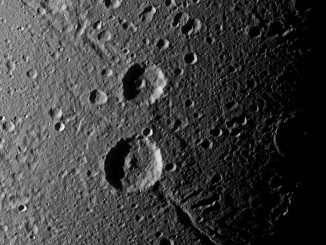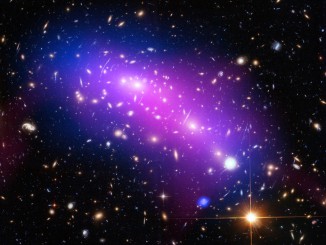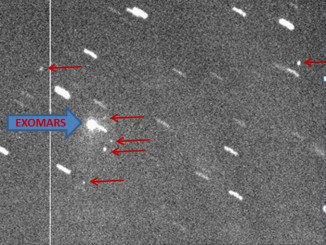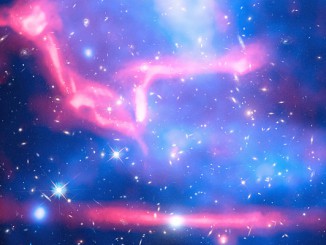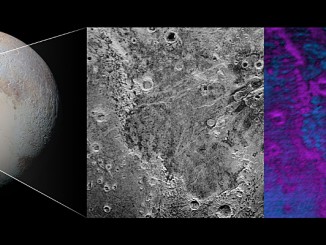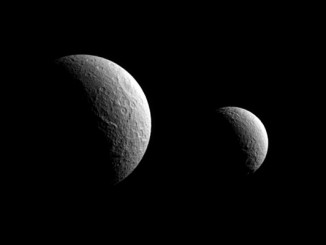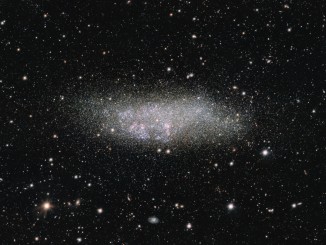
The wilds of the Local Group
This image shows a lonely galaxy known as Wolf-Lundmark-Melotte, or WLM for short. Although considered part of our Local Group of dozens of galaxies, WLM stands alone at the group’s outer edges as one of its most remote members. In fact, WLM is so small and secluded that it may never have interacted with any other galaxy in the history of the universe.

